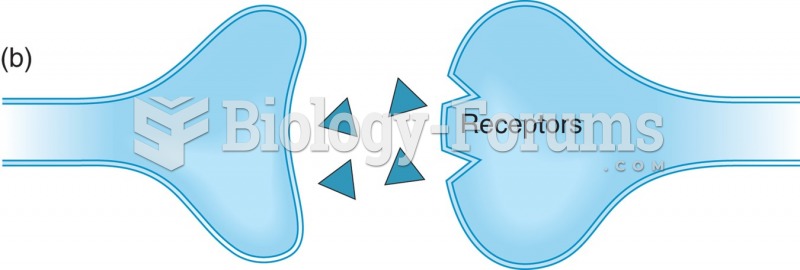|
|
|
It is difficult to obtain enough calcium without consuming milk or other dairy foods.
People with alcoholism are at a much greater risk of malnutrition than are other people and usually exhibit low levels of most vitamins (especially folic acid). This is because alcohol often takes the place of 50% of their daily intake of calories, with little nutritional value contained in it.
About one in five American adults and teenagers have had a genital herpes infection—and most of them don't know it. People with genital herpes have at least twice the risk of becoming infected with HIV if exposed to it than those people who do not have genital herpes.
Urine turns bright yellow if larger than normal amounts of certain substances are consumed; one of these substances is asparagus.
Women are 50% to 75% more likely than men to experience an adverse drug reaction.







